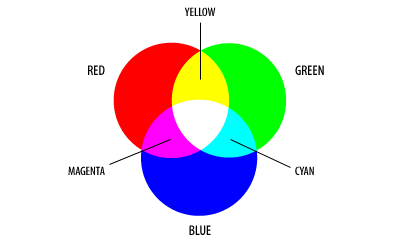If you’re looking to understand the colors used in packaging, you’re not alone. The RGB one is the most popular type, and here, we’ll go over what it is.
The Model Itself
RGB is short for red, green, and then blue. This is basically a color model that’s device-dependent, and it only really used successfully on different screens, and occasionally for photography that’s conventional. This is basically based on the colors that are transmitted through screens, so it won’t work the same way those that want to look at this through a printing lens may look at it. Did you know that every color out there regardless of this, is basically a different display of green, red, and blue.
For instance, when you combine green and red, it makes yellow. Green and blue are able to create cyan, and then, blue and red similarly make this magenta. This of course, when put together, creates white. This is basically a form of an “additive” type of color system, which differs from CMYK.
The Combinations
When you have these colors, you also can make other colors too. How does this work? It’s done through the mixing of different combinations of this, in order to create the ideal color that you’d wish to display. You can make up to 216 colors in total, taking the different percentages, and the colors that are there. However, the thing with these colors is that they’re all the type of theory. The colors that you have, usually rely on different strengths, and most of the time, they’re not displayed the same way that the numbers look.
However, as we start to get more familiar with technology, we’ll find new, innovative ways to get the color correction, and the displays that are there through new research steps, tools to be used, and coding that’s more innovative and advanced as well. While this does offer a chance for more advancements into the technology, it does create some issues for packaging and printing that are worth mentioning.
So what are those?
Why We don’t’ Use This for Printing
So why don’t we? Well, RGB usually is converted to CMYK for a reason before the artwork gets created. This is because what you see in the digital world does not offer the same physical outputs in some cases. This is partially due to the gamut of colors, which is basically that these translate only the converts that are as close as they can be to the screen and the display that’s there. The color space as well usually only allows for the artwork to get close, or as close as they can to the real-life design of the types of packaging that you have there, especially when it comes to the different means for you to print this as well.
This applies to all types of printing. So what can you do if you’ve made something using RGB? Well, what’s pretty cool about this, is that despite the fact that they’re both quite different, it’s very easy for you to convert both of these to the programs that you’d like to utilize.
The biggest drawback of this, is that the colors do need to be put through once more before you can fully create the original work. It’s good to know the difference between each. While RGB is one that’s used in a lot of computers and showing off the colors through a screen, it’s not ideal for printing, so if you want to print something with RGB, consider using a different means for you to do so.




No comments:
Post a Comment